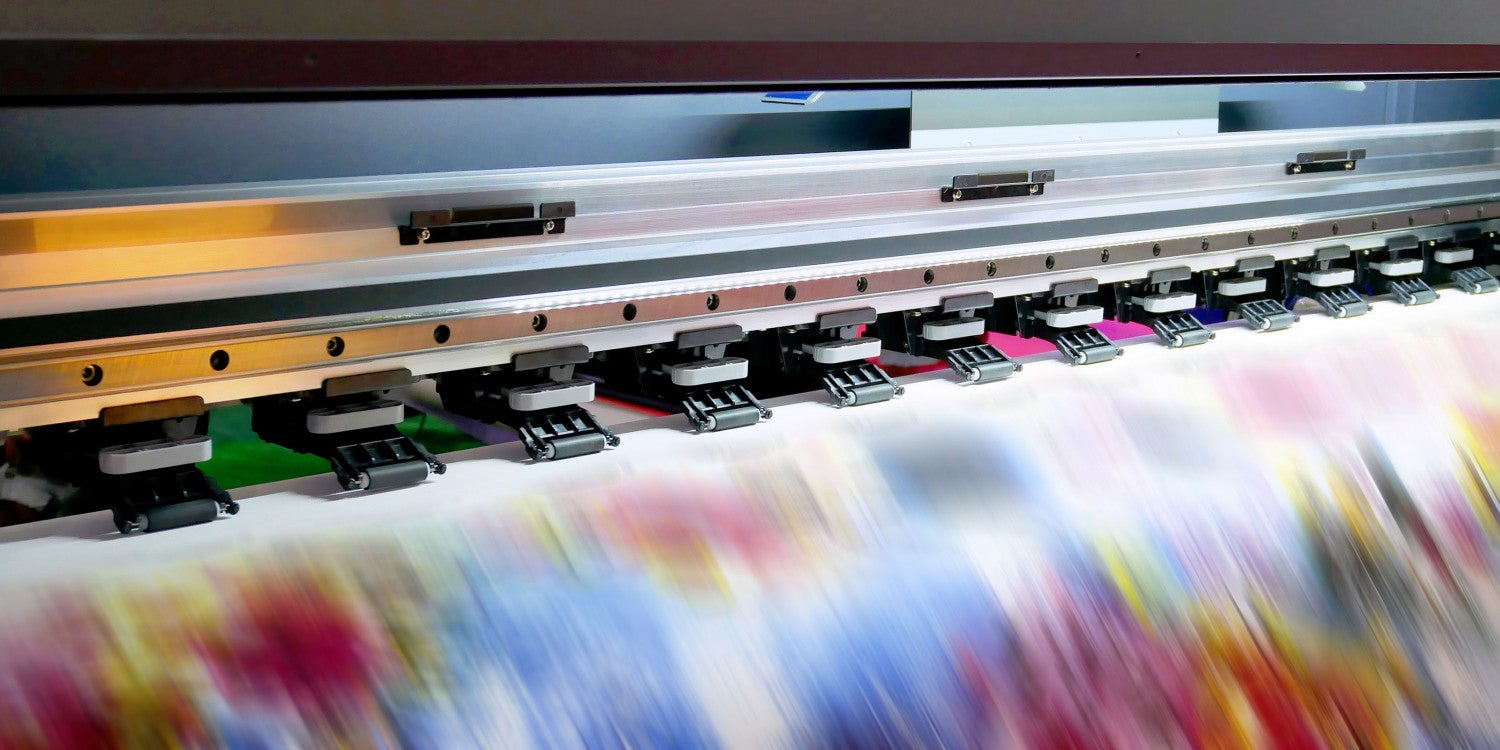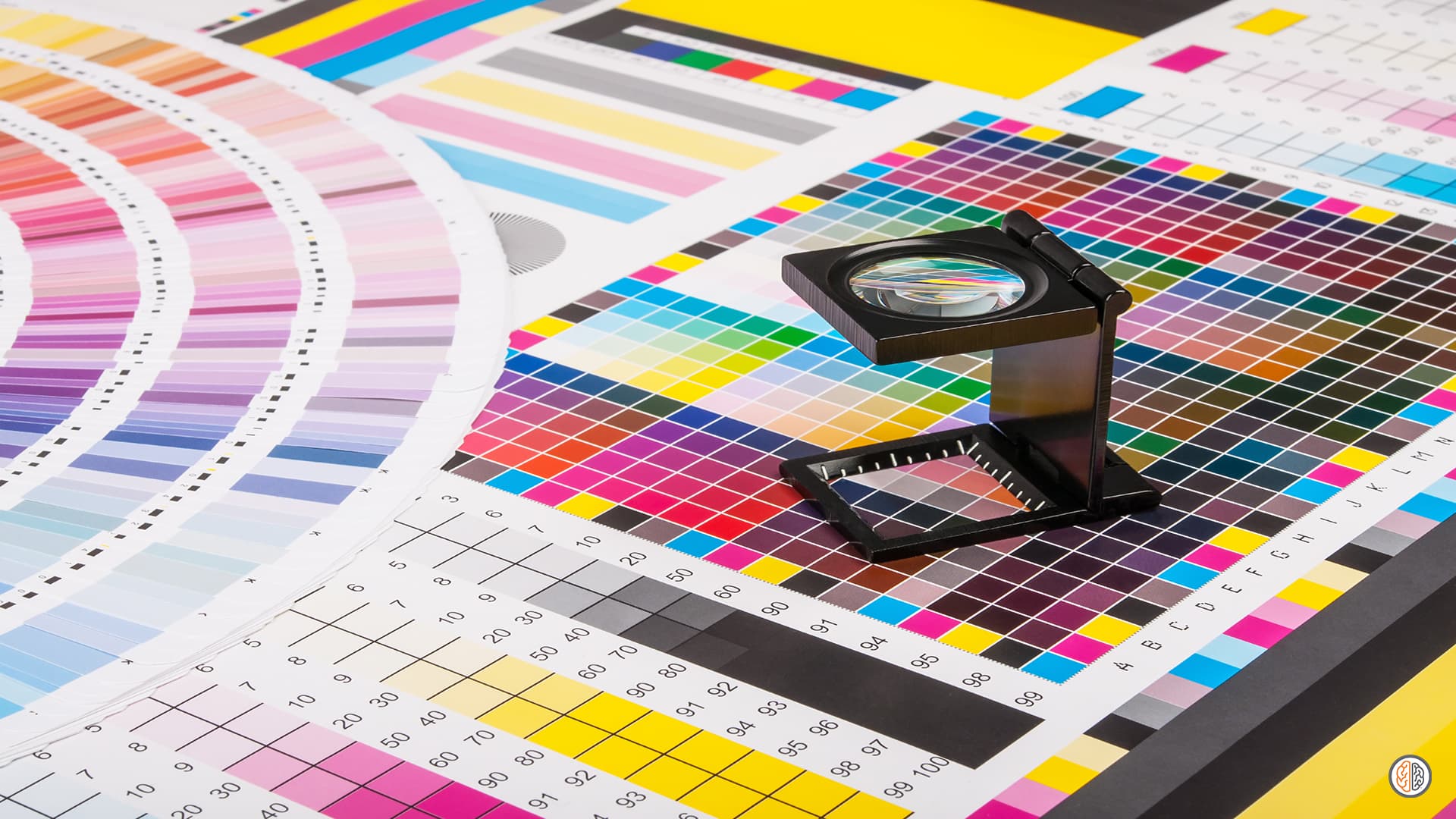The Basic Principles Of Digital Printing
The Basic Principles Of Digital Printing
Blog Article
8 Easy Facts About Digital Printing Shown
Table of ContentsFacts About Digital Printing RevealedRumored Buzz on Digital PrintingThe Of Digital PrintingThe Definitive Guide for Digital PrintingThe Of Digital PrintingThe smart Trick of Digital Printing That Nobody is DiscussingThe smart Trick of Digital Printing That Nobody is Talking AboutOur Digital Printing Statements
Customization also permits organizations to attract attention in a congested market by developing distinct advertising materials that separate them from their competitors. One of the primary advantages of electronic printing is the capacity to print variable information. Each printed piece can be unique, permitting companies to produce individualized advertising and marketing products that speak straight to their target audience.Digital printing also enables for personalization in the layout of advertising products (Digital Printing). With digital printing, organizations can create styles that are unique and customized to their certain demands.
The Basic Principles Of Digital Printing
This benefits companies that desire to examine different advertising and marketing techniques or release new product or services. By printing smaller sized quantities of advertising materials, services can decrease waste and stay clear of the need for excess supply. Digital printing is likewise functional. It can publish on numerous materials, consisting of paper, cardstock, vinyl, and steel.
By utilizing various products and formats, services can create one-of-a-kind advertising and marketing materials that stick out from their rivals and attract interest from their target market. Digital printing additionally supplies uniformity. With standard printing methods, there is commonly variant in between prints due to differences in ink protection, stress, and other elements.
This consistency can help develop consumer trust fund and integrity, revealing that business is dedicated to offering top notch products. Uniformity is particularly important for companies that wish to develop customer trust fund and reputation. By ensuring that every print corresponds, businesses can reveal that they are dedicated to offering top notch products and paying focus to the details.
Some Known Incorrect Statements About Digital Printing

Additionally, electronic printing creates much less waste because it can print on demand and in smaller sized quantities, lowering the demand for excess supply and products. Digital printing additionally utilizes much less power contrasted to standard printing techniques. Digital printers do not require as much power to operate, as they do not need to warm up as much or utilize as much power to run.
Everything about Digital Printing

Offset printing calls for a plate for each and every shade printed. Conventional balanced out printing is a print approach that makes use of aluminum plates to move ink onto a rubber sheet (usually referred to as a "covering"). The photo is then rolled onto the printing surface area. This printing method is taken into consideration "balanced out" due to the fact that the ink is not transferred to the paper straight.
The 10-Minute Rule for Digital Printing
Although the tools's set up expenses are high at first, extra units become reasonably less costly as the amount rises. Countered printing enables for a wide variety of print materials to be made use of throughout production. It allows the printer to utilize different paper kinds, personalized surfaces, and various inks. The premium photos created through offset printing make it the recommended method, particularly among visuals developers, when looking for the biggest color reproduction, detail, and professional-looking prints.
For electronic inkjet printing, ink is moved directly onto the surface. Rather than depending on aluminum plates and rubber blankets to move a photo, digital printing uses fluid ink throughout manufacturing.
The Ultimate Guide To Digital Printing
Because offset printing can mix custom-made shade inks for each work, it will normally get the colors spot-on. Count on balanced out printing for clean, unique kinds and photos without touches or spots.
It costs a lot to start a countered job. You need to spend money into developing the plates, which takes some time. Once you have actually spent it, all of the materials are ready to go, and view it you'll invest much less on big countered tasks than an electronic print, which is concerning the exact this page same per piece no issue how huge the work obtains.
Each print equals. You risk fewer weird variations triggered by discrepancies in water and ink. Digital printing is much less expensive for low-volume work. The price per system goes down for electronic printing, so at some point, they crisscross. Transforming details within a solitary print work. As an example, claim you were printing out postcards marketing a show.
Unknown Facts About Digital Printing
While electronic printing or inkjet printing is the preferred option in the existing times, there are compelling factors to convert from offset to electronic printing systems. When publishing balanced out or electronically, essential choices and procedures are involved in shade matching.
Whichever the situation, the color will certainly need to be matched. Color matching of digital printer ink is no more challenging with dyes and pigments. Industrial inkjet printing uses convenience for printing on several substrates. Digital printing is ideal for consumers that do not require longer runs and warehousing materials.

One benefit of digital printing is choosing from a broad variety of electronic substrates. With digital printing, the price of the substratum in the total job is minuscule.
Some Known Incorrect Statements About Digital Printing
drop-on-demand is the 2nd printing technology to take into consideration. Constant inkjet systems call for considerable upkeep, more driver training, and higher downtime. Tools expenses in inkjet printing are much lower than balanced out printing as there are no plate-making, plates, and press expenditures. Beyond the capital expenditure, the prepress devices and printing presses call for extremely competent operators in countered printing, which includes labor costs.
Report this page